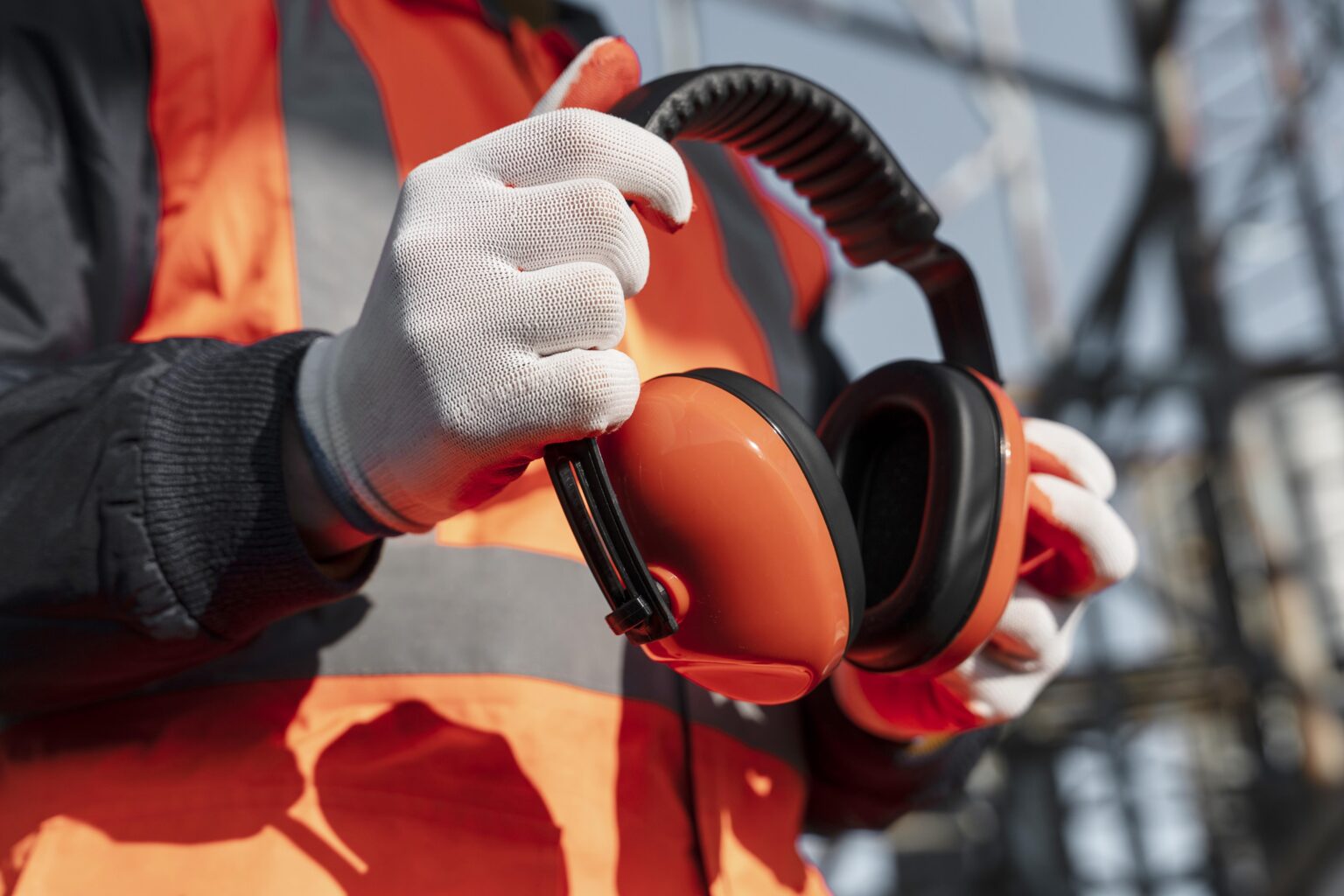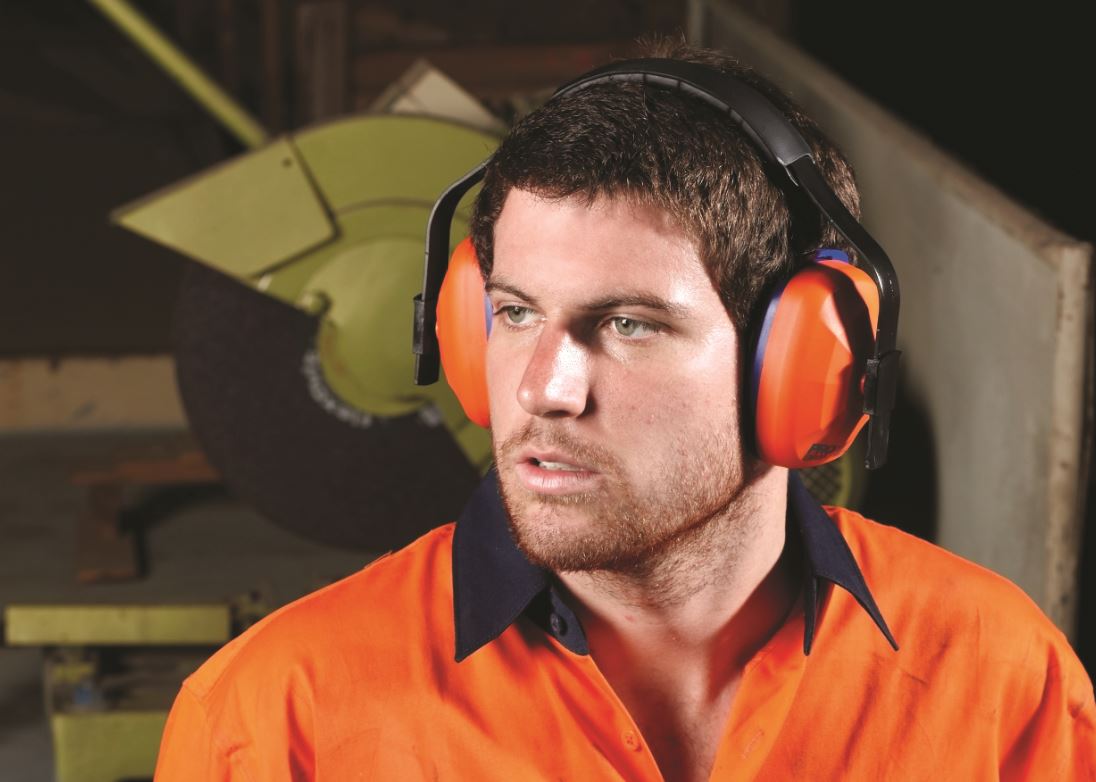Blog
How to Select the Best Hearing Protection Gear for Your Job
Noise-induced hearing loss (NIHL) is one of the most common occupational hazards in industries ranging from construction and manufacturing to entertainment and aviation. Prolonged exposure to high noise levels can cause permanent damage to hearing, making proper hearing protection essential for safeguarding your auditory health. However, with the wide variety of hearing protection options available, it can be challenging to determine which type is best suited for your job. This guide will help you understand how to choose the best hearing protection gear for your needs.
1. Understand Your Noise Exposure Levels
The first step in selecting appropriate hearing protection is understanding the noise levels you are exposed to in your workplace. Noise is typically measured in decibels (dB), and prolonged exposure to levels above 85 dB can cause hearing damage.
- Assess Noise Levels: Use a sound level meter or consult workplace records to determine the average decibel levels in your environment.
- Noise Reduction Rating (NRR): Look for hearing protection devices with an NRR that matches the noise levels. The NRR indicates how much noise the device can reduce.
Example: If the noise level is 100 dB, you will need hearing protection with an NRR of at least 15-30 dB to reduce exposure to safe levels.
2. Determine the Type of Hearing Protection Needed
Different types of hearing protection devices (HPDs) are designed for various levels of noise exposure and comfort. The three main types include earplugs, earmuffs, and electronic hearing protection.

Earplugs
- Best For: High-noise environments and situations where portability is key.
- Features:
- Made of foam, silicone, or rubber, earplugs fit directly into the ear canal.
- Disposable or reusable options available.
- Lightweight and highly portable.
- Advantages:
- Excellent for long-term wear.
- Suitable for use under helmets or other headgear.
- Considerations:
- Requires proper insertion to achieve maximum effectiveness.
Earmuffs
- Best For: Moderate to high noise levels and environments where ease of use is critical.
- Features:
- Over-ear protection with padded cups.
- Adjustable headbands for a secure fit.
- Advantages:
- Easier to put on and take off compared to earplugs.
- Can be combined with earplugs for additional protection in extremely noisy environments.
- Considerations:
- Bulkier and less portable than earplugs.
- May be uncomfortable for prolonged use in hot conditions.
Electronic Hearing Protection
- Best For: Environments with fluctuating noise levels, such as shooting ranges or construction sites.
- Features:
- Amplifies low-level sounds while blocking harmful noise.
- Ideal for jobs that require communication.
- Advantages:
- Allows situational awareness.
- Reduces the need to remove protection during conversations.
- Considerations:
- More expensive than traditional earplugs or earmuffs.
3. Evaluate Comfort and Fit
Comfort is a critical factor, especially for workers who need to wear hearing protection for extended periods. Ill-fitting or uncomfortable devices are less likely to be used consistently, putting your hearing at risk.
- Earplugs: Choose earplugs that match the size of your ear canal. Foam earplugs, which expand to fit, are versatile and fit most users.
- Earmuffs: Look for padded ear cups and adjustable headbands for a secure yet comfortable fit.
- Custom Molded Options: For a personalized fit, consider custom-molded earplugs or earmuffs, which provide maximum comfort and effectiveness.
Tip: Test different types of hearing protection to find the one that feels most comfortable during your workday.

4. Consider Compatibility with Other Equipment
Workers in many industries need hearing protection that integrates seamlessly with other personal protective equipment (PPE).
- Helmets and Hard Hats: If you wear a helmet, look for earmuffs designed to attach to helmet mounts.
- Eye Protection: Ensure that earmuffs or earplugs do not interfere with safety glasses or goggles.
- Communication Systems: In jobs where communication is essential, electronic earmuffs or in-ear devices with built-in communication systems are ideal.
5. Check Durability and Maintenance Requirements
Hearing protection devices vary in their durability and maintenance needs. Select a product that fits your work environment and maintenance capabilities.
- Disposable Earplugs: Convenient for single-use applications but generate waste.
- Reusable Earplugs: Made from durable materials and can be cleaned for multiple uses.
- Earmuffs: Require occasional cleaning and replacement of worn ear cushions.
- Electronic Devices: May need battery replacement or charging.
Tip: For long-term cost-effectiveness, consider reusable options or durable earmuffs.
6. Assess Noise Reduction Needs Without Overprotection
While it’s important to block harmful noise, overprotection can isolate you from important sounds, such as alarms, machinery signals, or communication.
- Moderate Noise Reduction: If you need to hear conversations or signals, choose devices with lower NRRs or electronic hearing protection that amplifies low-level sounds.
- Maximum Noise Reduction: For extremely loud environments, such as industrial sites or aviation, opt for high-NRR earmuffs or earplugs.
7. Evaluate Cost vs. Value
The price of hearing protection varies widely depending on the type and features. Balance cost with quality and durability to find the best option for your job.
- Budget-Friendly: Foam earplugs are inexpensive and effective for short-term use.
- Mid-Range: Reusable earplugs and basic earmuffs offer a good balance of cost and performance.
- High-End: Custom-molded devices or electronic earmuffs are more expensive but provide advanced features and superior comfort.
Tip: Investing in high-quality hearing protection is far less costly than dealing with hearing loss or medical treatments.
8. Look for Compliance and Certification
Ensure that your hearing protection meets safety standards and regulatory requirements for your industry.
- OSHA Standards (U.S.): OSHA requires hearing protection in workplaces with noise levels exceeding 85 dB over an 8-hour period.
- CE Marking (EU): Indicates compliance with European safety standards.
- ANSI Standards: Look for ANSI-certified products for reliable performance.
Tip: Check your employer’s guidelines for approved hearing protection devices.
Conclusion
Selecting the best hearing protection gear for your job involves understanding your noise exposure, evaluating different types of devices, and considering factors such as comfort, compatibility, and durability. By prioritizing the right gear, you can protect your hearing, enhance workplace safety, and comply with industry regulations.
Whether you choose simple foam earplugs, advanced electronic earmuffs, or custom-molded solutions, the key is consistent use. Your hearing is irreplaceable—invest in the best protection today to safeguard it for a lifetime.


